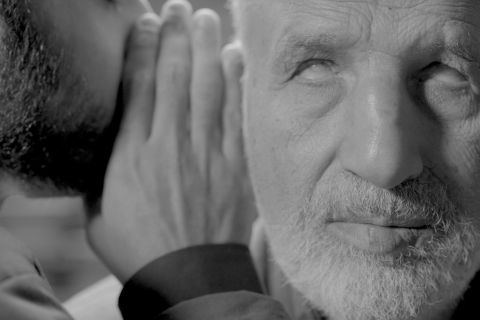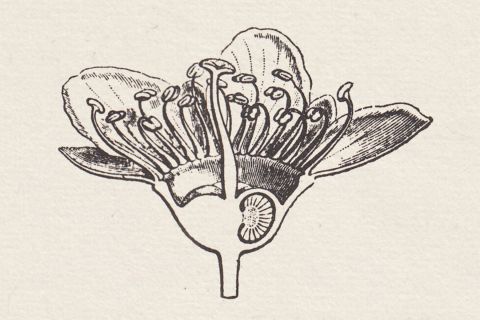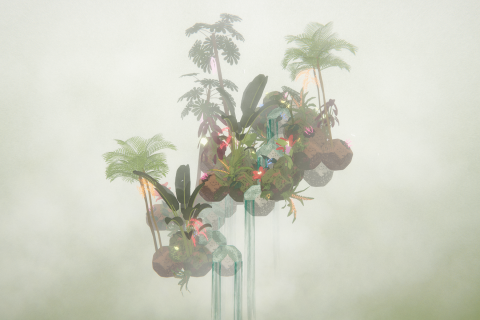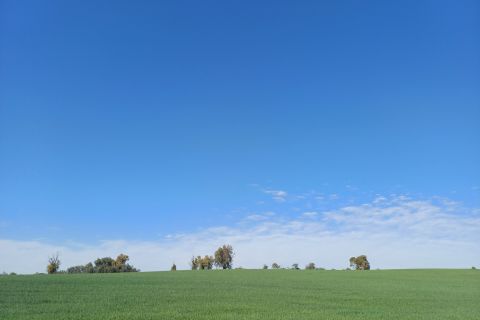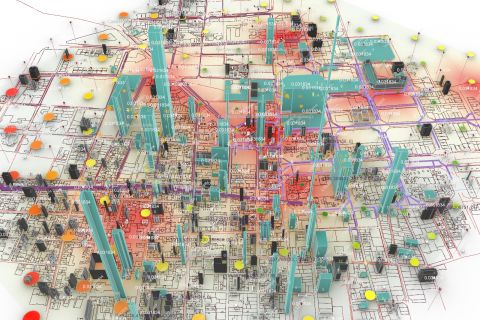Bezalel News
חדשות בצלאל
أخبار بتسلئيل
Bezalel Graduates are the Rappaport Prize Winners for 2024
Omri Danino, graduate of the Department of Fine Arts (B.F.A.) and the Master’s Program in Fine Arts (M.F.A.), Ariel Hacohen, graduate of the Department of Photography (B.F.A.), and Naama Shohet, graduate of the Department of Screen-Based Arts (B.F.A.), are winners of the Rappaport Prize for Excellence in Art for 2024. This year, the Bruce and Ruth Rappaport Foundation, in collaboration with the Tel Aviv Museum of Art, chose to dedicate the prize to the realization of new video work that bears witness to or echoes the emerging questions and feelings in the wake of the events of October 7 and the ongoing war.
Omri Danino, a graduate of the Department of Fine Arts (B.F.A.) and the Master’s Program in Fine Arts (M.F.A.), is a poet and multidisciplinary artist. His debut book Everything Dear Falls was awarded honorable mention at the Erez Biton Poetry Prize for 2022. The center of Danino’s video installation 'End of Language: The Black Chapter, 2024' winner of the Rappaport Prize, is the traumatic moment of Saturday, October 7, which imposes shock, muteness, and an attempt to reformulate language, thought, and the gaze. The work grew out of Danino’s poem “Kaddish-Orphan-Language” based on the Kaddish, the Jewish memorial prayer. In a covenant of language sealed between two generations of Hebrew poetry, the son—Omri Danino—imparts his poetry to his spiritual father figure—artist and poet, Israel Prize winner Erez Biton—as a son reciting the Kaddish over his father, on the stage of the Israeli Opera house.
Ariel Hacohen, graduated with honors from the Department of Photography (B.F.A.), works with diverse approaches and mediums in the field of photography. He has won a variety of awards for his excellence in the field of photography, including the Lauren and Mitchell Presser Prize in Photography for 2020, and the Yossi Berger Prize in Photography for 2019. Cohen’s winning video work 'On Rivers' echoes the state of refugeeism, shattered hopes, and longing for homeland. At the center of the work is a renewed and original performance of “Chorus of the Hebrew Slaves” from Giuseppe Verdi’s opera Nabucco. In Hacohen’s work, the famous chorus, which became a symbol of awakening of national consciousness and an oath of loyalty to homeland, traces a somber and detached attitude as opposed to national pathos. The opera is performed by Ariel Hacohen, whose character is replicated to become the members of the choir who move their lips to the sounds of the original recording expressing heartbreak and despair. The artist’s one-man choir manifests the emotional state of the “refugee,” displaced from home and identity, a feeling that many these days share
Naama Shohet, graduated with honors from the Department of Screen-Based Arts (BFA), creates art-documentary videos. Her films were presented and have won awards at festivals in Israel and around the world, including the Ostrovsky Prize for Experimental Cinema at the Jerusalem Film Festival for her film Boxes and the Experimental Film Prize at the Jerusalem Film Festival for her film Dreams of Another Place. Her Rappaport Prize-winning work 'The Monument' tells an autobiographical story that takes place at the Harel Brigade Memorial in Har-Adar and is accompanied by an animation-documentary adaptation narrated by the artist’s parents. Through flashes of images, animation, and text, a story of personal and national betrayal unfolds before the viewers. The images were created out of Shohet’s in-depth study of Israeli visual culture, which is steeped in and sometimes even sanctifies militarism, mourning, and bereavement. The artist approaches national and personal trauma from a viewpoint that seeks to inject humor and lightness into this painful and sensitive space.
From the Rappaport Prize Committee’s statement: “The Rappaport Prize for Excellence in Art for 2024 is dedicated to time-based work: in the field of cinema, video art or animation. The disaster of October 7, the ongoing war, and the deep rift in which we find ourselves, raise the question of testimony and the ability of artistic language to grasp personal and collective trauma. The prize committee examined 130 proposals: some in advanced stages of production and some still in the scope of initial idea or script. The committee was impressed by the quality of the proposals and the variety of the artists’ views of the current reality. The proposals offered a wide array of possibilities for action in the world, from addressing personal boundaries to carrying a universal, communal charge concerning every person in a state of loss and rupture. The works that were selected delineate the best of the trends that emerged and range from the documentary to the staged, from direct testimony to a distancing from it. In all of them, the committee found an ability to formulate a contemporary, unique and hermetic language that reverberates the historical moment.”
